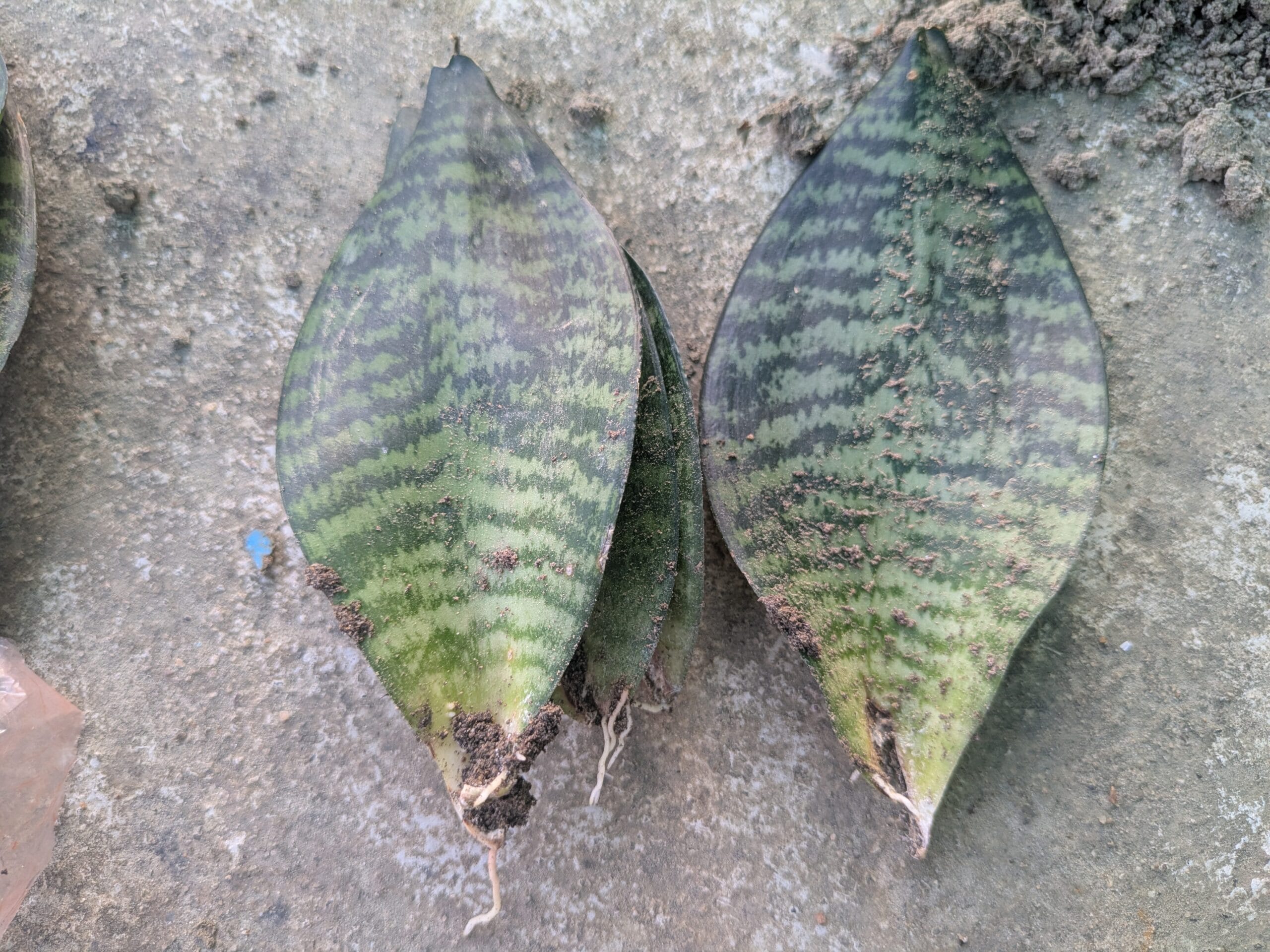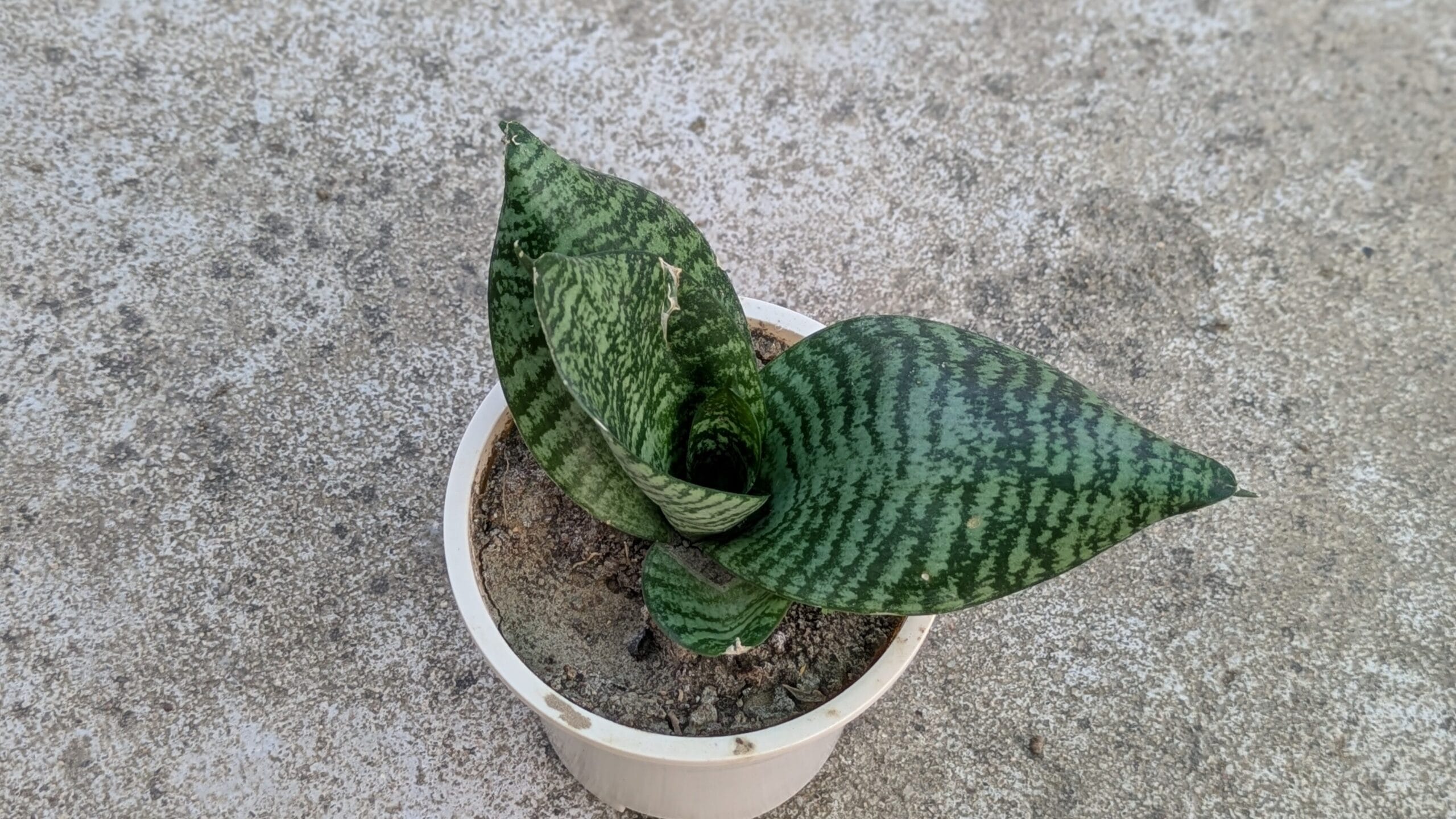Let’s explore how to Propagate Snake Plants at Home. Snake plants (Sansevieria), also known as mother-in-law’s tongue, are among the easiest houseplants to grow. They are hardy, attractive, and can thrive in a variety of conditions. The good news? You don’t need to buy new plants every time you want more. Snake plants can be propagated at home with simple tools and a little patience.
In this guide, you’ll learn three effective ways to propagate snake plants — leaf cuttings, division, and water propagation — along with essential care tips to help them grow healthy and strong.
Why Propagate Snake Plants?
There are many reasons you might want to propagate your snake plant:
- Expand your collection without spending extra money.
- Gift plants to friends and family.
- Save a damaged plant by using healthy leaves or sections to start fresh growth.
Regardless of your reason, propagation is an enjoyable and rewarding activity for plant lovers.
1. Propagation by Leaf Cuttings in Soil
Best for: When you have a healthy leaf and want multiple new plants.
You’ll need:
- A clean, sharp knife or scissors
- A small pot with drainage holes
- Well-draining potting mix (cactus or succulent mix works best)

Steps:
- Select a healthy leaf – Choose a mature, healthy leaf without damage or disease.
- Cut the leaf – Use a clean knife or scissors to cut the leaf into sections about 3–4 inches long. Remember to keep track of which end is the bottom (root end) because planting it upside down will prevent rooting.
- Dry the cuttings – Place the cut pieces in a dry area for 1–2 days. This allows the cut ends to callus over, reducing the risk of rot.
- Plant in soil – Insert the bottom end of each cutting about 1–2 inches into the soil. Keep them upright and gently press the soil around them.
- Water lightly – Give a small amount of water after planting. Keep the soil slightly moist, but never soggy.
Growth tip: Be patient! Snake plant cuttings can take 4–8 weeks to develop roots.
2. Propagation by Division
Best for: Fast results and exact clones of the original plant.
You’ll need:
- A mature snake plant with multiple growth clusters
- A clean, sharp knife or pruning shears
- Fresh potting mix and additional pots
Steps:
- Remove the plant from its pot – Gently shake off excess soil to expose the root system.
- Locate natural divisions – Look for sections with their own leaves and roots.
- Cut and separate – Using your knife or shears, separate the plant into sections, ensuring each part has roots attached.
- Repot immediately – Place each division into its own pot with fresh soil.
- Water lightly – Water after planting, and keep the plant in a bright, indirect light spot.
Growth tip: Division gives you an instantly fuller plant because you’re transplanting already established growth.
3. Propagation in Water
Best for: Watching root growth and fun for beginners.
You’ll need:
- A healthy snake plant leaf
- A glass or jar
- Clean, room-temperature water
Steps:
- Cut a healthy leaf – Take a leaf and cut it near the base of the plant.
- Place in water – Put the cut end in a jar of water, making sure only the bottom inch is submerged.
- Change water regularly – Refresh the water every 5–7 days to prevent bacteria buildup.
- Wait for roots – Roots usually appear in 3–6 weeks.
- Transfer to soil – Once roots are about 1–2 inches long, plant the cutting in a pot with well-draining soil.
Growth tip: Avoid keeping cuttings in water for too long after rooting, as it can weaken them when transferred to soil.
General Care Tips After Propagation
No matter which propagation method you choose, proper care after planting is essential.
- Light: Place new plants in bright, indirect sunlight. Avoid harsh direct sunlight, which can scorch young leaves.
- Watering: Let the soil dry out between waterings. Overwatering is the most common cause of failure in snake plant propagation.
- Temperature: Keep plants in a warm room, ideally between 20–30°C (68–86°F).
- Soil: Always use well-draining soil to prevent root rot.
- Fertilizer: Feed lightly with a balanced houseplant fertilizer every 4–6 weeks during the growing season (spring and summer). Avoid over-fertilizing.

Common Problems and How to Fix Them
- Yellowing leaves: Often caused by too much water. Let the soil dry completely before watering again.
- Root rot: Caused by soggy soil or poor drainage. Always use pots with drainage holes.
- Slow growth: Snake plants are naturally slow growers, but low light or cold temperatures can slow them even more.
Propagating snake plants at home is simple, cost-effective, and satisfying. Whether you choose soil cuttings, water propagation, or division, each method offers its own unique experience. With the right conditions and care, your propagated snake plants will thrive and bring a touch of greenery to your home for years to come.
If you’ve been hesitating to try, start with just one leaf today. In a few months, you’ll be enjoying the rewarding sight of your new plants growing strong and healthy.







